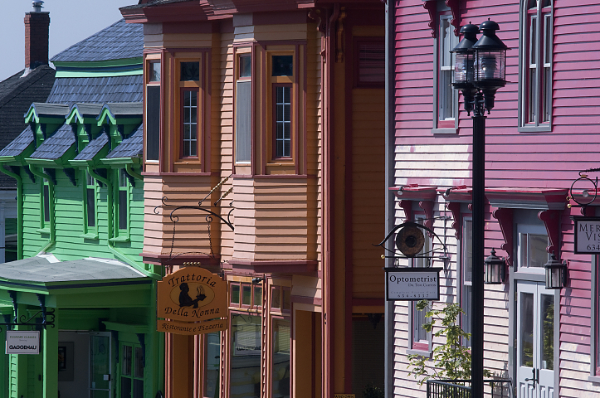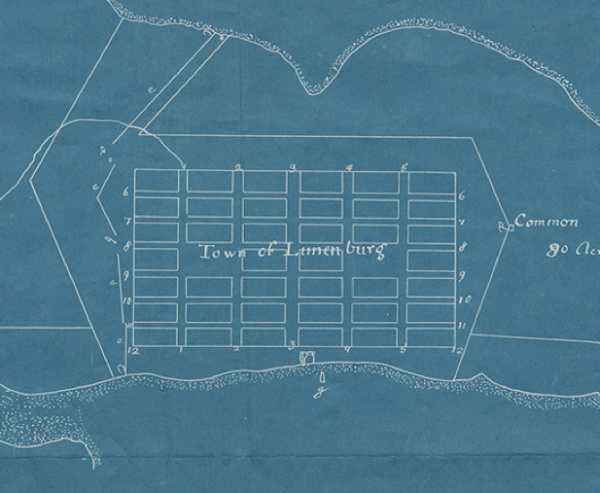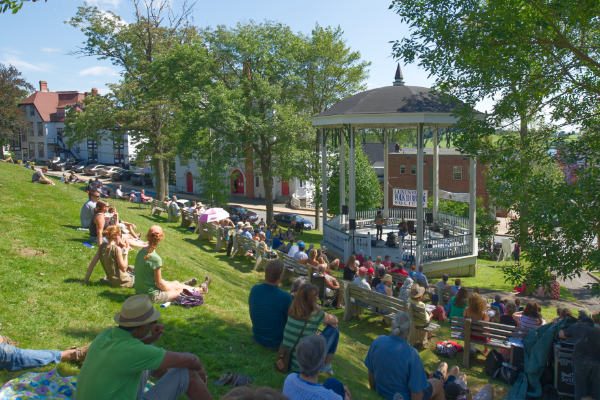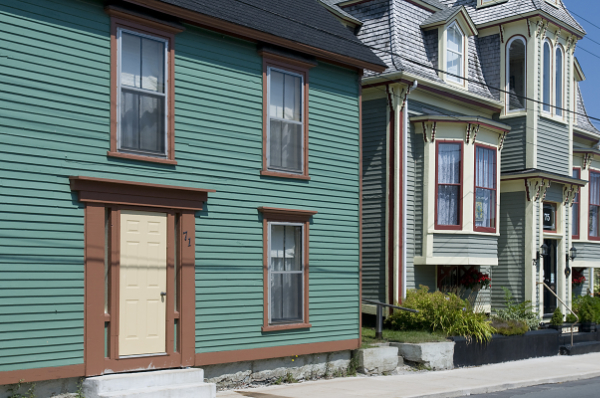HTA Podcast: The Presence of the Past in Lunenburg, Nova Scotia
A conversation with Hilary Grant, Heritage Officer and Senior Planner for the town of Lunenburg, Nova Scotia.

This podcast served as the final virtual ‘lecture’ in my 2nd-year course on 18th– and 19th-century architecture. The topic is arguably the greatest site of 18th– and 19th-century heritage in Canada: the town of Lunenburg, Nova Scotia, which is also a UNESCO World Heritage Site. My guest is Hilary Grant, Heritage Officer and Senior Planner for Lunenburg – and a graduate of our History & Theory of Architecture program.
In a wide-ranging conversation, Hilary and I chatted about her career trajectory, Lunenburg’s extraordinary heritage value, and the not inconsiderable challenges involved in being both a World Heritage Site and a thriving 21st-century community. At the end, she gives us all a task to perform – but I’ll let her explain that to you.
Here’s our conversation:
Here are some of the features that Hilary discusses:




Links:
Lunenburg by the Sea is a wonderful repository of archival images of Lunenburg.
You can find Lunenburg’s listing as a UNESCO’s World Heritage Site here.
All music used in the podcast was by Oliver Schroer, from the albums Whirled, A Million Stars, and Celtica. Most of Oliver’s music can be purchased through Borealis Records.
Supervisor, History & Theory of Architecture program, Carleton University